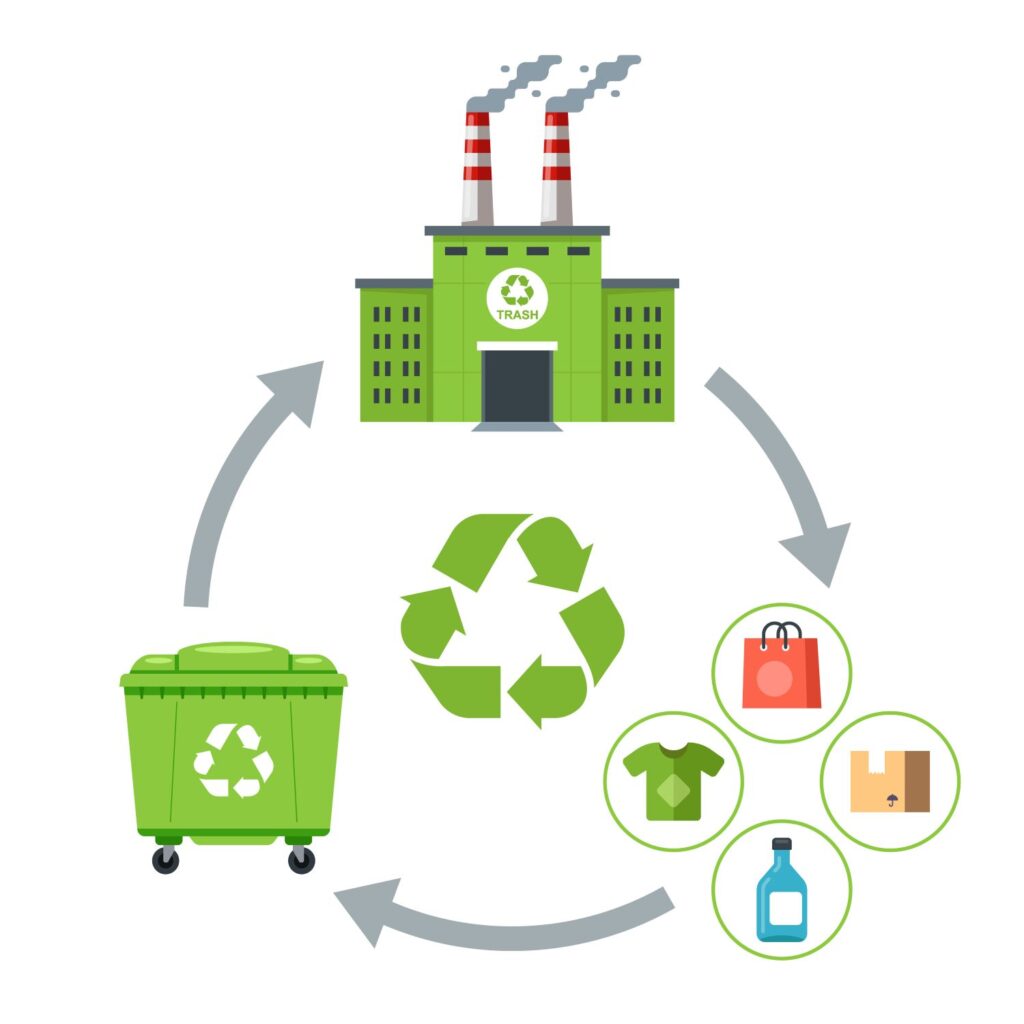The potential of waste biomass in urban power systems

La biomasa de residuos puede complementar la energía solar y eólica en las ciudades, ofreciendo respaldo en días sin producción renovable.
In the coming decades, the role of intermittent renewable energy (IRE) sources in urban electricity systems is expected to grow significantly. This expansion will bring challenges related to energy storage and backup capacity, as the output of these sources is not constant. In this context, waste biomass could play a key role as a flexible, carbon-neutral energy source to complement renewable generation.
Cities account for 75% of global energy consumption and are responsible for 80% of greenhouse gas emissions. Therefore, transitioning to low-carbon, sustainable urban power systems is essential for reducing the global carbon footprint. The share of intermittent renewables such as solar and wind is projected to increase substantially, as countries aim to reduce reliance on non-renewable energy sources.
However, the intermittency of these renewable sources presents a major challenge. During periods of low solar and wind energy production, reliable backup capacity is necessary to ensure a stable power supply. This is where biomass—specifically urban waste biomass—comes into play as a complementary energy source capable of generating electricity consistently, even when renewables are underperforming.
The role of urban waste biomass in energy backup
Urban waste biomass includes organic material from municipal solid waste, urban green waste, food industry residues, and manure. This type of biomass does not compete with food production and helps address urban waste management issues. Generating energy from this biomass can be critical for reducing carbon emissions, as it is a renewable source that, unlike fossil fuels, does not increase atmospheric CO₂ levels.
A study on Amsterdam’s power system revealed that waste biomass can meet a significant portion of energy demand during days of low solar and wind output. In extreme conditions, when renewable energy is unavailable due to unfavorable weather, large quantities of biomass are required to ensure electricity supply. In Amsterdam, high-demand days with low renewable generation could require up to 2,800 tons of waste biomass daily under a low-emissions scenario. However, the average daily availability in the city is about 1,400 tons, highlighting the need to pair this source with energy storage.
The importance of storage and energy policy planning
Despite its potential, urban waste biomass supply can be variable. To use it effectively as an energy backup, systems for biogas or biomass storage are essential. Storage helps balance monthly fluctuations in biomass supply and demand, and it is critical during extended periods of cloudy or windless weather.
Energy policy planning to ensure the availability of waste biomass must align with broader energy transition and urban sustainability goals. Accurate data on urban waste flows must be used to project biomass availability so that renewable energy strategies can account for both production and the required backup capacity.
In Amsterdam, data on organic waste flows show that a significant share is already used for thermal energy production. However, only a small fraction is used for electricity generation, suggesting there is untapped potential in using waste for power. Improving waste biomass collection and processing could therefore be essential to strengthening the city’s power system resilience.
The future of urban electricity systems depends largely on how cities manage the transition to renewable energy sources—especially intermittent ones like solar and wind. Urban waste biomass offers a viable solution to support this transition, providing a flexible and carbon-neutral energy source that complements renewable production.
However, to maximize its impact, effective storage strategies and well-aligned energy policies are crucial to ensure a steady and reliable biomass supply. Cities like Amsterdam are showing that careful planning and efficient use of urban resources can pave the way toward more sustainable and resilient energy futures.








